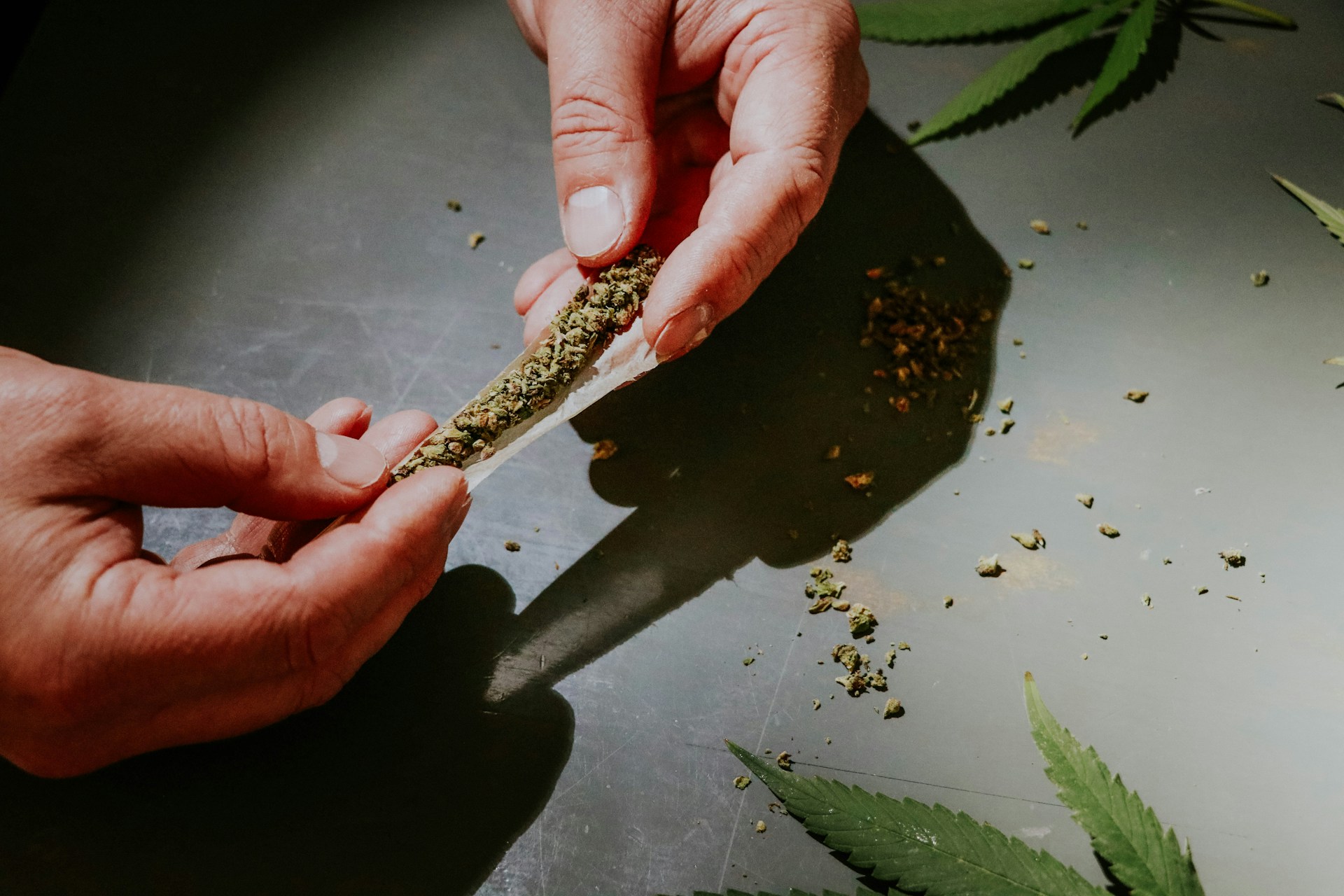
Cannabis consumption methods have come a long way since the days of solely smoking joints or pipes. Now, with a diverse array of options available, users can find the perfect method to suit their individual needs and preferences. It does not matter whether you’re a medical marijuana patient seeking relief from specific symptoms or an adult-use market consumer looking for an enjoyable and responsible way to incorporate cannabis into your lifestyle — understanding the nuances of various consumption methods is essential for a well-rounded and personalized approach.
At 406 Essence, we prioritize empowering our clients with accurate, intent-driven content, providing the necessary resources and guidance to make informed choices about their cannabis journey. Join us as we navigate the complexities of cannabis consumption, offering valuable insights, practical tips, and expert advice to ensure your experience is optimized for your desired outcome. By understanding the nuances of various consumption methods and their potential implications, you can take control of your cannabis journey, enjoying all the benefits and therapeutic properties this remarkable plant has to offer.
Inhalation: Smoking and Vaping
Inhalation is the traditional method of cannabis consumption, with smoking as its most common form. It involves combusting the cannabis plant material, creating smoke that is inhaled through a pipe, joint, or water bong. This method provides a rapid onset of effects, typically within minutes, making it ideal for those seeking immediate relief or recreational users looking to feel the effects promptly.
Vaping, or vaporizing, offers a cleaner alternative to smoking by using a device that heats cannabis at a lower temperature without combustion. This process produces vapor instead of smoke, leading to a smoother inhalation experience without producing harmful toxins. Vaping is popular among medical users and those who prefer to avoid the harshness of smoke, but it still provides a rapid onset of effects similar to smoking.
Both smoking and vaping methods have their pros and cons. The quick onset of effects is an advantage, but these methods can be harsh on the lungs and may not be ideal for those with respiratory concerns. Additionally, the duration of these effects is generally shorter when compared to other consumption methods.
Oral Ingestion: Edibles and Capsules
Oral ingestion refers to consuming cannabis-infused products like edibles, beverages, and capsules. Edibles can range from classic treats like brownies and gummies to savory options like pasta sauce and salad dressing. When consuming cannabis orally, it’s absorbed through the digestive system, leading to a delayed onset of effects, typically 1-2 hours after consumption.
While the slow onset might not be ideal for those seeking immediate relief, the duration of effects is significantly longer with oral ingestion, typically lasting from 4-8 hours. This extended relief can make edibles an attractive option for patients or users seeking long-lasting effects.
The key to successful oral ingestion is accurate dosing and patience, as overconsumption or not waiting long enough for the effects to take hold can lead to unintended consequences, such as excessive drowsiness or discomfort.
Sublingual Absorption: Tinctures and Dissolvable Strips
Sublingual absorption involves placing a liquid cannabis product (like tinctures) or dissolvable strip containing cannabinoids directly under the tongue. The cannabinoids are absorbed into the bloodstream through the mucosal membrane of the mouth, bypassing the digestive system and liver metabolism. As a result, the onset of effects is faster, typically within 15-45 minutes, and the duration is longer than inhalation but shorter than edibles.
Sublingual application is ideal for those seeking discreet, rapid, and precise dosing options. It’s particularly suitable for medical patients who require consistent dosages or users who wish to avoid both the delayed effects of edibles and the potential respiratory concerns associated with inhalation.
Topical Applications: Creams, Balms, and Salves
Topical cannabis products offer localized relief for various conditions, such as muscle pain, inflammation, or skin irritation. Creams, balms, and salves are directly applied to the affected area and absorbed through the skin, interacting with the peripheral cannabinoid receptors without entering the bloodstream. This method does not produce psychoactive effects, making it an ideal choice for those seeking targeted relief without experiencing the “high” associated with THC.
The drawbacks of topical applications include limited absorption, meaning their effects may not be as strong as other consumption methods. However, for users specifically seeking localized relief, topicals are an excellent choice.
Conclusion
With the ever-evolving landscape of cannabis consumption, users now have a myriad of options to choose from to cater to their individual needs and preferences. Whether you prioritize rapid relief, discretion, or long-lasting effects, understanding the benefits and drawbacks of each method empowers you to make informed decisions for a tailored cannabis experience. Experimenting with different consumption techniques and assessing their effectiveness for your specific goals is essential to finding the optimal fit.
At 406 Essence, our mission is to serve as your trusted resource on this journey of exploration, providing expert guidance, valuable insights, and practical tips to enhance your understanding of cannabis. Embrace the wealth of options available to you and unlock the full potential of this remarkable plant to experience a truly personalized and beneficial cannabis journey. Check out our cannabis dispensary in Billings, Montana, now!
